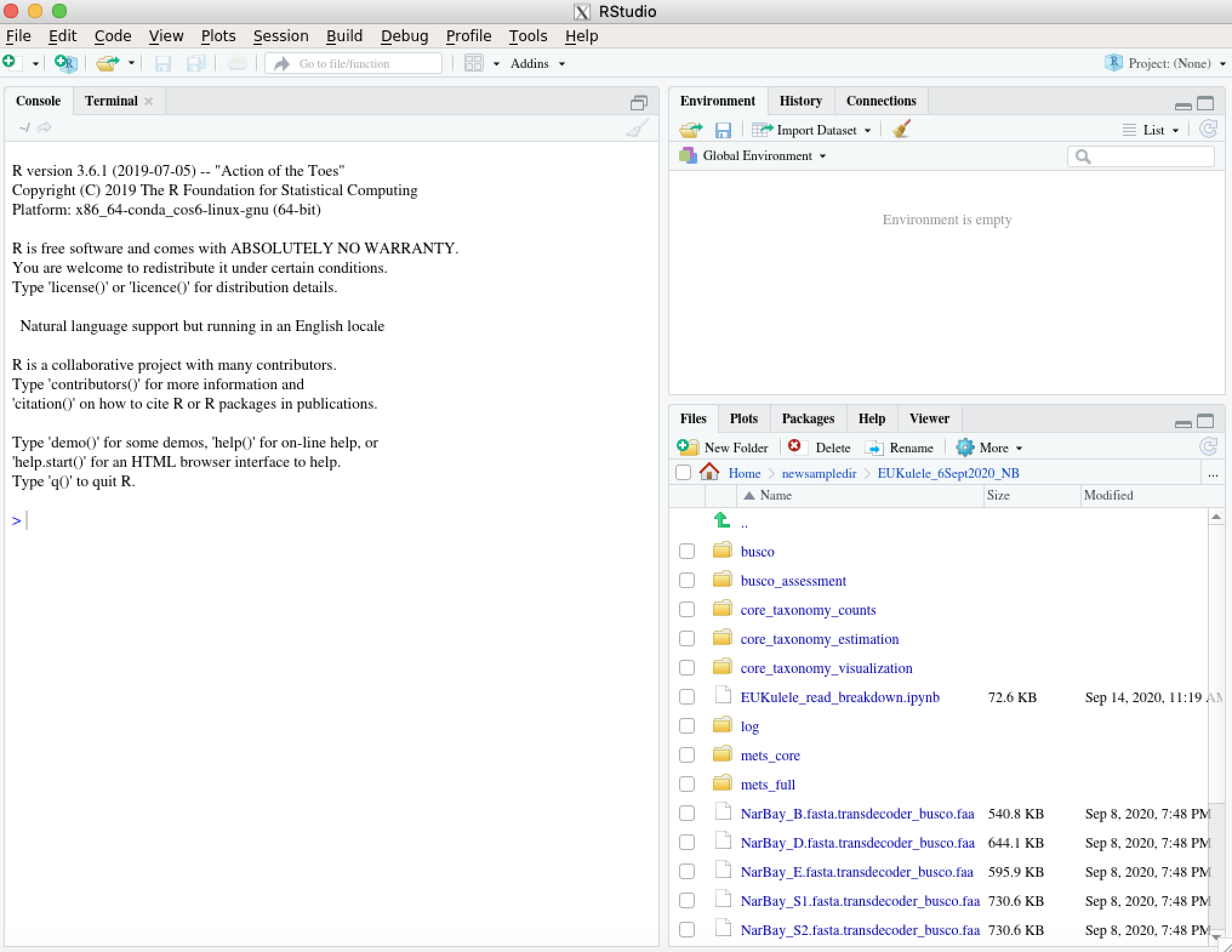
- #WIRESHARK XQUARTZ HOW TO#
- #WIRESHARK XQUARTZ INSTALL#
- #WIRESHARK XQUARTZ MANUAL#
- #WIRESHARK XQUARTZ SOFTWARE#
It is no surprise, since we installed GNOME themes, but haven’t enabled them yet. But Wireshark is still gray, like before. Probably the rendering of the widgets became faster as well, but I can’t tell. The fonts became nicer, the shortcuts are shown like “^K” and we don’t see the big “X”.
#WIRESHARK XQUARTZ INSTALL#
#compile the rest of GTK+ 3 related librariesīrew install -build-from-source at-spi2-core at-spi2-atk cairo harfbuzz pango gtk+3 gtk+ librsvg gnome-themes-standard wireshark -without-x -without-x11 -with-gtk+3 # Well, some builds will need the header files/libs, but you don't have to re-login #install packages we don't have to recompile to use Quartzīrew install ccache d-bus fontconfig freetype gettext glib gmp icu4c libffi libpng libtasn1 libtiff pkg-config xz hicolor-icon-theme gsettings-desktop-schemas c-ares lua portaudio geoip gnutls libgcrypt atk pixman hub The bigger part of the changes were needed to enable building libraries without XQuartz support, and for the sake of simplicity let’s start over with Homebrew and compile Wireshark with GTK/Quartz # start over: clean up everything installed by Homebrew Note the big “X” in the lower right corner. The widgets became slightly nicer, but we are far from being satisfied with that, right? The fonts still look very different from the fonts of other applications and we still use XQuartz. # build Wireshark from source, now using GTK+3īrew install -build-from-source wireshark -with-gtk+3 # Pull my repo until every commit gets accepted to Homebrew core # install hub which lets you experiment with other Homebrew branches Let’s try using GTK+3, which step needs some changes to Homebrew’s formulas # remove packaged Wireshark The default install uses GTK+2 which is an older version of the toolkit. Well, it works, but it is not exactly nice. # install Wireshark (and ccache to recompile stuff faster)īrew install -build-from-source wireshark -with-gtk+ # and you also have to logout, then login to start using it
#WIRESHARK XQUARTZ MANUAL#
Two commands let us start using it, but first we need to install XQuartz: # install XQuartz from, sorry, it is a manual step
#WIRESHARK XQUARTZ SOFTWARE#
Homebrew is a good alternative to installing software on OS X from source and Wireshark is already packaged there. If you would like to remove all previously installed packages run “brew list | xargs brew uninstall”.)

The instructions assume no prior installation of brew packages. (The steps are collected at the end of this post. They could! In six easy steps we can transform Wireshark to look way more elegant with the help of Homebrew, a package manager for OS X, GTK+3 the latest stable version of the toolkit and GNOME’s standard themes. But does it have to stay this way? Could not GTK+ applications look more “native” on OS X? They use XQuartz to draw widgets on the screen which is slower than native Quartz interface and the gray theme is not very appealing either.

You can find other fonts by searching for packages containing ‘xfonts’ in their name.According to common wisdom GTK+ applications are not nice on OS X. The next steps are for Linux operating systems without X: Linux Packages CentOS/Fedora/RHEL X11 installation yum install xorg-x11-xauth xorg-x11-fonts-* xorg-x11-font-utils xorg-x11-fonts-Type1 Debian/Ubuntu X11 installation apt-get install xauth xfonts-base

Click the SSH tab and fill in: Host and username.Right-Click Saved sessions and create a new session.Enable the X Server Button on the top toolbar.Open MobaXterm and Connect to your Linux Desktop/Server:
#WIRESHARK XQUARTZ HOW TO#
MobaXterm is a free Xserver and tabbed SSH client for Windows Operating Systems How To

MobaXterm is a free Xserver and tabbed SSH client for Windows Operating Systems which allows you to run native Linux Applications like they are running on your Windows. SSH X11 Forwarding Display is a tricky thing to establish on different Windows operating systems.


 0 kommentar(er)
0 kommentar(er)
